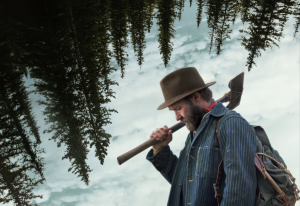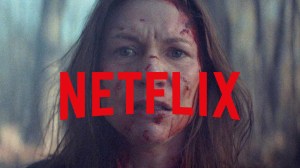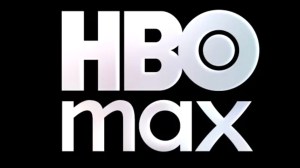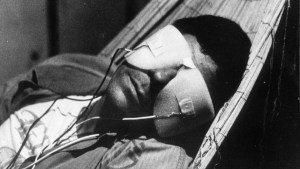For Disney enthusiasts, the company’s mythos is almost as important as the movies they make. Over the years, fans have passed along tall tales, rumors, and conspiracy theories that have occasionally become embedded in the actual lore, even if they aren’t true. If you consider yourself a Disney-lover, chances are you’ve heard at least one Disney “fact” that has turned out to be totally incorrect.
Videos by ComicBook.com
Even things held sacred by the fandom aren’t impervious to misinformation; take The Lion King‘s core sibling rivalry, for example, or even one of Walt’s most famous quotes. How these things come to be misconstrued over time is a mystery, but we can still get down to the facts of the matter. Thanks to internet sleuths, new prequels reframing beloved characters, and Disney Imagineers revealing the “lost history,” we can finally set the record straight on five things you thought you knew about Disney.
5) Mufasa and Scar Are Biological Brothers

The relationship between Mufasa and Scar in Disney’s hit The Lion King has long been framed as a bitter sibling rivalry. However, as revealed in an interview by director Rob Minkoff and producer Don Hahn, the two lions were never intended to be biological brothers. During early development, the filmmakers referenced real lion pride behavior, which rarely features male lions fathering multiple adult males who live together peacefully. In the wild, when an alpha grows old, a younger outsider often kills the elder, takes over the pride, and eliminates the elder’s offspring.
That natural order inspired Scar’s position as an outsider, resentful of Mufasa’s rule. The 2024 prequel Mufasa: The Lion King further refines this lore by revealing that Mufasa was actually an orphan, taken in by Scar’s family. This makes the two characters adoptive brothers, so technically still siblings, but not biologically, and it recontextualizes their relationship as one of jealousy and resentment born from proximity, rather than rights over the family lineage.
4) Elsa Is a Disney Princess
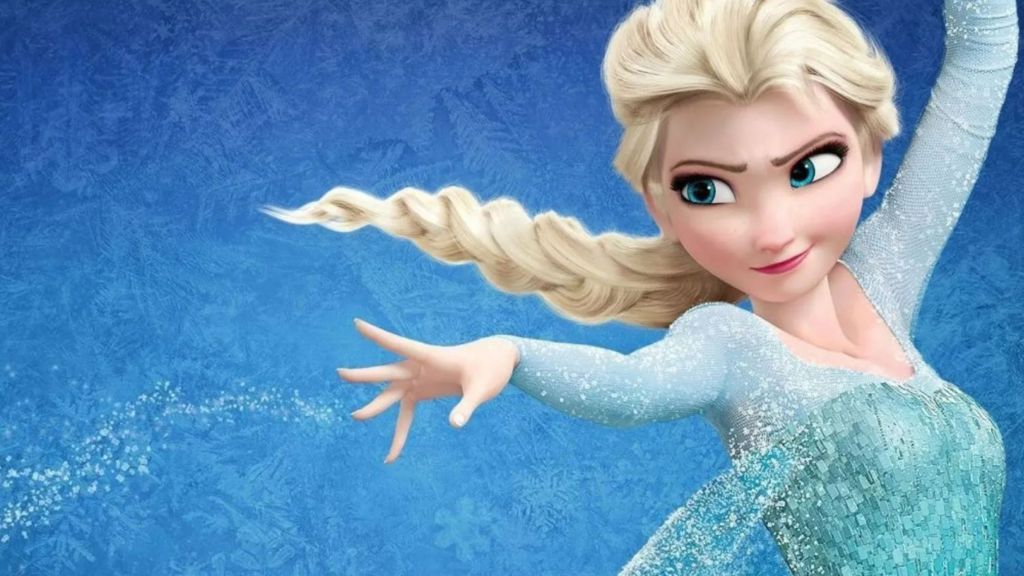
Elsa may be one of the most popular characters in Disney’s modern lineup, but you won’t find her among Cinderella, Mulan, or Ariel on the official Disney Princess roster. This is because Elsa technically isn’t a princess at all, but a queen. In both Frozen films, Elsa is depicted as the ruler of Arendelle, ascending to the throne in the first movie and continuing her journey into mythic status by the second.
The official Disney Princess brand actually follows a specific list of requirements, and not every iconic female character qualifies. Each princess is either born into royalty or marries into it, all while also needing to appear in a successful, theatrical animated film. While Elsa checks a few of those boxes, she’s essentially too royal for the princess lineup. Even Anna had to wait until her coronation was teased in Frozen II before officially earning princess status.
3) Walt Disney Said, “If You Can Dream It, You Can Do It”
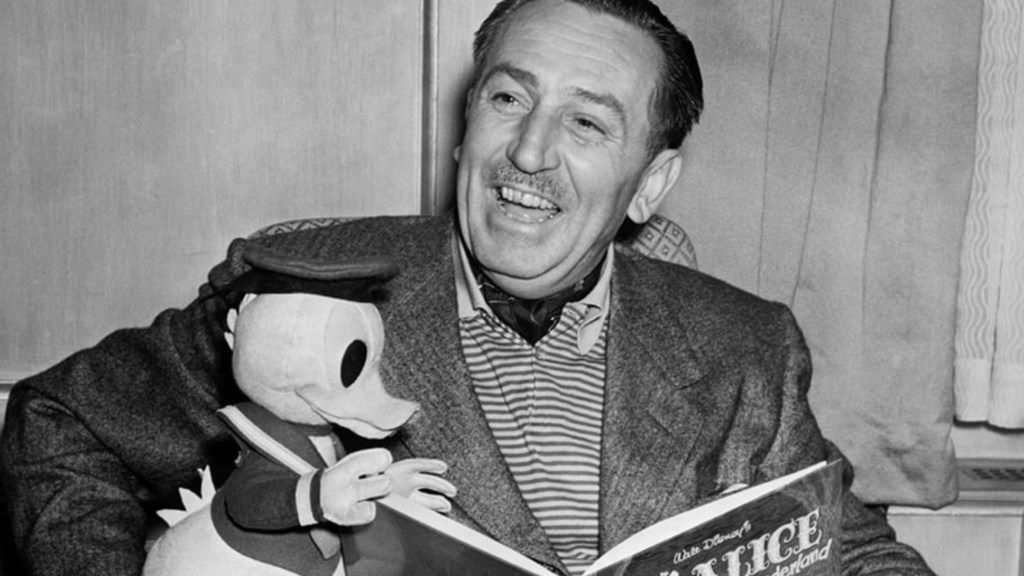
“If you can dream it, you can do it” is one of the most iconic quotes attributed to Walt Disney himself. Unfortunately, as inspiring as the phrase is, Walt never actually said it. Fans online have uncovered that the line actually originated from the 1983 Future World attraction Horizons at EPCOT. Reportedly, Imagineer Tom Fitzgerald wrote the line specifically for the ride, which simulated utopian visions of space living, ocean habitats, and other milestones of the future.
The quote was part of the narration and visuals, styled in a tone reminiscent of Walt’s, making it easy for fans to assume it had come straight from him. Horizons was often described as a kind of successor to Walt Disney’s Carousel of Progress, further linking it to the man himself. Though he never technically said it, the quote is undoubtedly an excellent slogan for Walt’s ethos.
2) Ariel’s Crab Pal Was Named Sebastian

Fans instantly recognize Sebastian as the musically inclined Jamaican crab from The Little Mermaid, but apparently, his first name was never “Sebastian” at all. The Disney Wiki experts have pointed out that in the film, the full moniker of Ariel’s undersea friend is Horatio Felonius Ignacius Crustaceous Sebastian. So that means “Sebastian” is actually his last name, and nearly everyone in Atlantica has been calling him by this surname.
Sure, this one is sort of splitting hairs, as going by your last name isn’t unheard of, and Sebastian is technically one of his actual names. Yet for fans online, it’s still being argued over, and the truth tends to come as a shock to those who don’t remember his official introduction by the seahorse in The Little Mermaid.
1) Walt Disney’s Body Is Somewhere In the Park
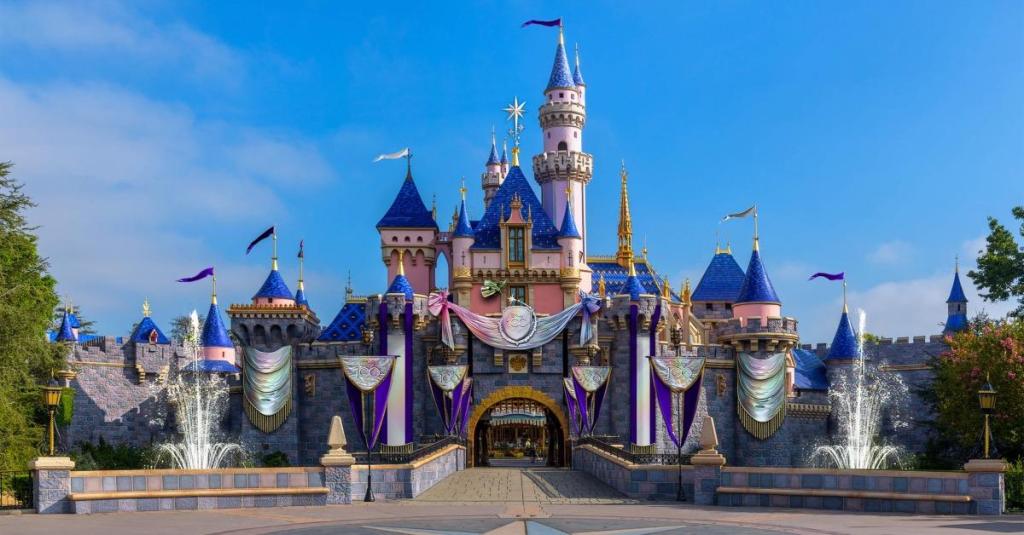
No Disney myth has wider roots than the urban legend that Walt Disney had his body cryogenically frozen after his death in 1966, with plans to be revived in the future. Variations of the story even place his remains under the Pirates of the Caribbean ride at Disneyland. But all available evidence (including his actual death certificate) points to Walt’s remains being cremated and interred at Forest Lawn Memorial Park in Glendale, California.
The cryogenic myth likely emerged because Disney was such a futurist. It’s not too far-fetched to believe he’d take steps to preserve himself for the world of tomorrow. Rumors only ignited further with the advent of cryonic technology in the 1960s and persisted for decades, becoming an unofficial part of Disney’s pop culture lore. And no, his head isn’t frozen separately either.
How many of these “facts” did you believe? Leave a comment below and join the conversation now in the ComicBook Forum!

